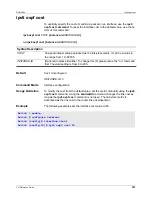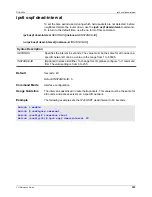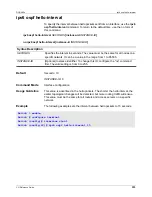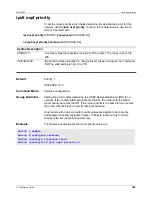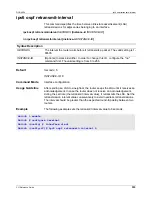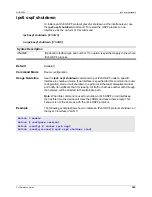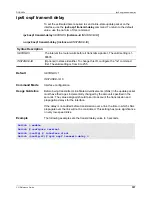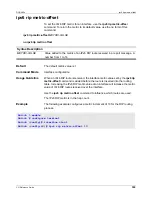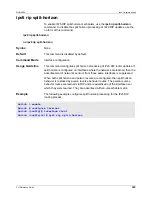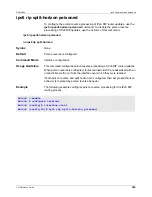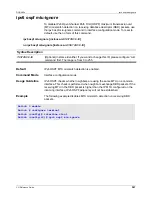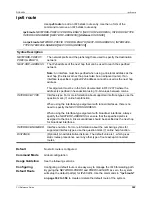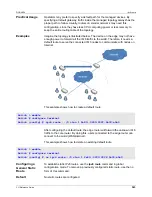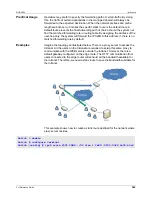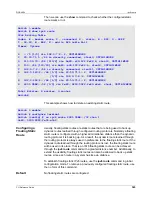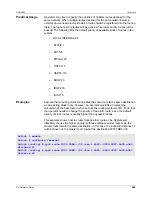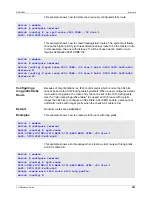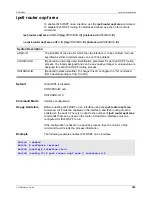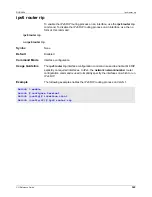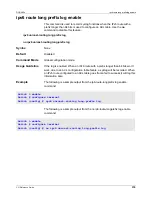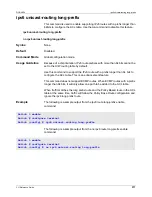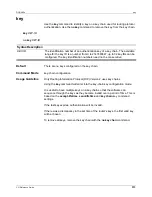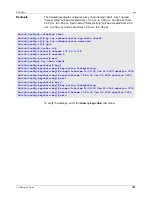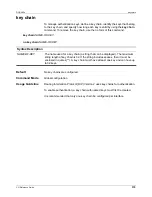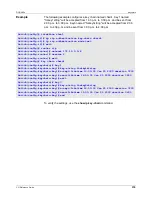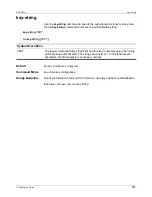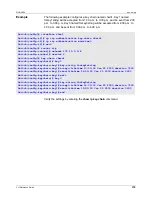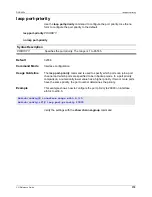
DGS-6604
ipv6 route
CLI Reference Guide
364
Practical Usage
Operators may prefer to specify the forwarding path of certain traffic. By doing
this, the traffic of certain applications in the managed domain will always be
forwarded to the expected destination. When the network prefixes and prefix-
length are both zero, it implies the specific static route is the default route. A
default route presents the final forwarding path of choice should the system not
find the matched forwarding rule in routing table. By assigning the address of the
next-hop only, the system will forward the IP traffic to this address if, there is no
matched forwarding rule by default.
Examples
Imagine the topology as illustrated below. There is a proxy server to access the
Intranet. All the users on the Intranet are required to setup this same proxy to
communicate with the WEB servers outside the Intranet. However, there is a
default gateway configured on the edge route. The HTTP communication from
users connected to the edge router will exhaust all the bandwidth available for
the Intranet. Therefore, we need a static route to save the bandwidth available for
the Intranet.
This example shows how to create a static route destined for the network where
proxy server resides.
Switch > enable
Switch # configure terminal
Switch (config) # ipv6 route 2001:0DB8::/32 vlan 1 fe80::0200:00ff:fe00:a0a0


